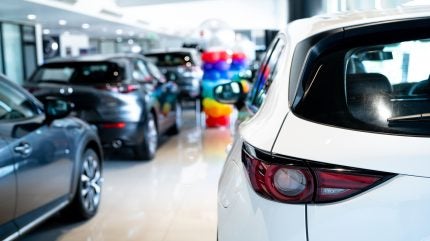
China’s vehicle export growth is expected to temper to 5.8%, reaching 6.2 million units this year, a significant deceleration from the 19.3% surge experienced in 2024, according to China Association of Automobile Manufacturers (CAAM) data.
The forecasted slowdown is set against the backdrop of a modest rise in vehicle sales within China, where policy incentives are anticipated to drive demand.
The slowing export growth is attributed to a number of factors, including the fallout from European Union tariffs on Chinese-made electric vehicles (EVs).
Last year, exports of electric vehicles fell by 10.4%, in stark contrast to the 80.9% rise seen in 2023. Meanwhile, exports of plug-in hybrid vehicles (PHEVs) soared by 190%, as automakers pivoted towards these models in response to the higher tariffs on EVs.
In response to the EU’s additional tariffs, China has advised its automotive manufacturers to curtail significant investments in European nations that endorse these levies on Chinese EVs, Reuters reported in October.
Concurrently, Chinese automakers are adapting their strategies by focusing on hybrid exports to Europe as a countermeasure to the heightened EV tariffs.

US Tariffs are shifting - will you react or anticipate?
Don’t let policy changes catch you off guard. Stay proactive with real-time data and expert analysis.
By GlobalDataVehicle sales in China are anticipated to climb by 4.7% to 32.9 million units this year, following a 4.5% increase in 2024, as per CAAM data.
However, the association forecasts a deceleration in sales growth for new energy vehicles (NEVs), which encompass EVs and plug-in hybrids, to 24.4% in 2025 from 35.5% in the previous year.
CAAM official Xu Haidong highlighted that the extension of auto trade-in subsidies into 2025 is likely to be a significant driver of growth.
However, he also pointed out that weak domestic demand, intense competition, and escalating external pressures could have adverse impacts on the automotive market.



